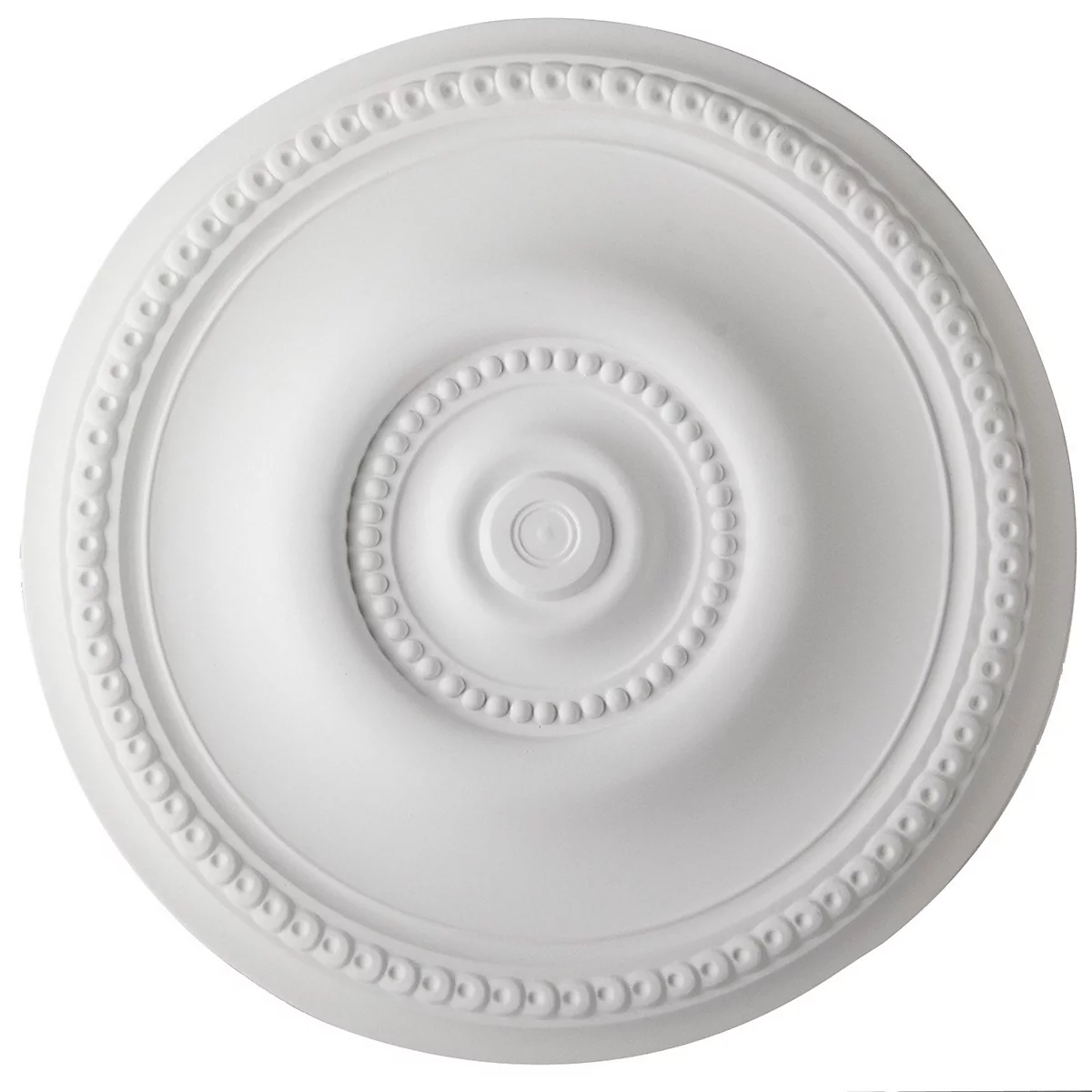10 Ways to Use Architectural Moldings That’ll Make Even a Characterless Home Suddenly Feel Storied and Full of Charm
Architectural moldings are so much more than just a detail — they add a sense of classic charm to even the most contemporary spaces


Whether you’re looking to give your walls a decorative flourish or transform one particular doorway into an architectural highlight, moldings are one of the best ways to set an elevated tone. While archways, columns, and wainscoting are often associated with historic Federal-style homes and classic brownstones, interior designers are increasingly using these features to add personality and character to contemporary spaces.
“Moldings often create a dialogue between modern furnishings and more traditional detailing,” explains interior designer Juliette Byrne. “They make a room feel inviting by giving it a sense of depth and completeness.” From wall paneling projects to crown molding ideas, there are so many simple ways to introduce these architectural features into your space.
Whether you’re looking for a way to add charm to a blank wall or are keen to bring coziness to a room with no fireplace, architectural moldings can make all the difference — here’s how.
1. Blend Old With New
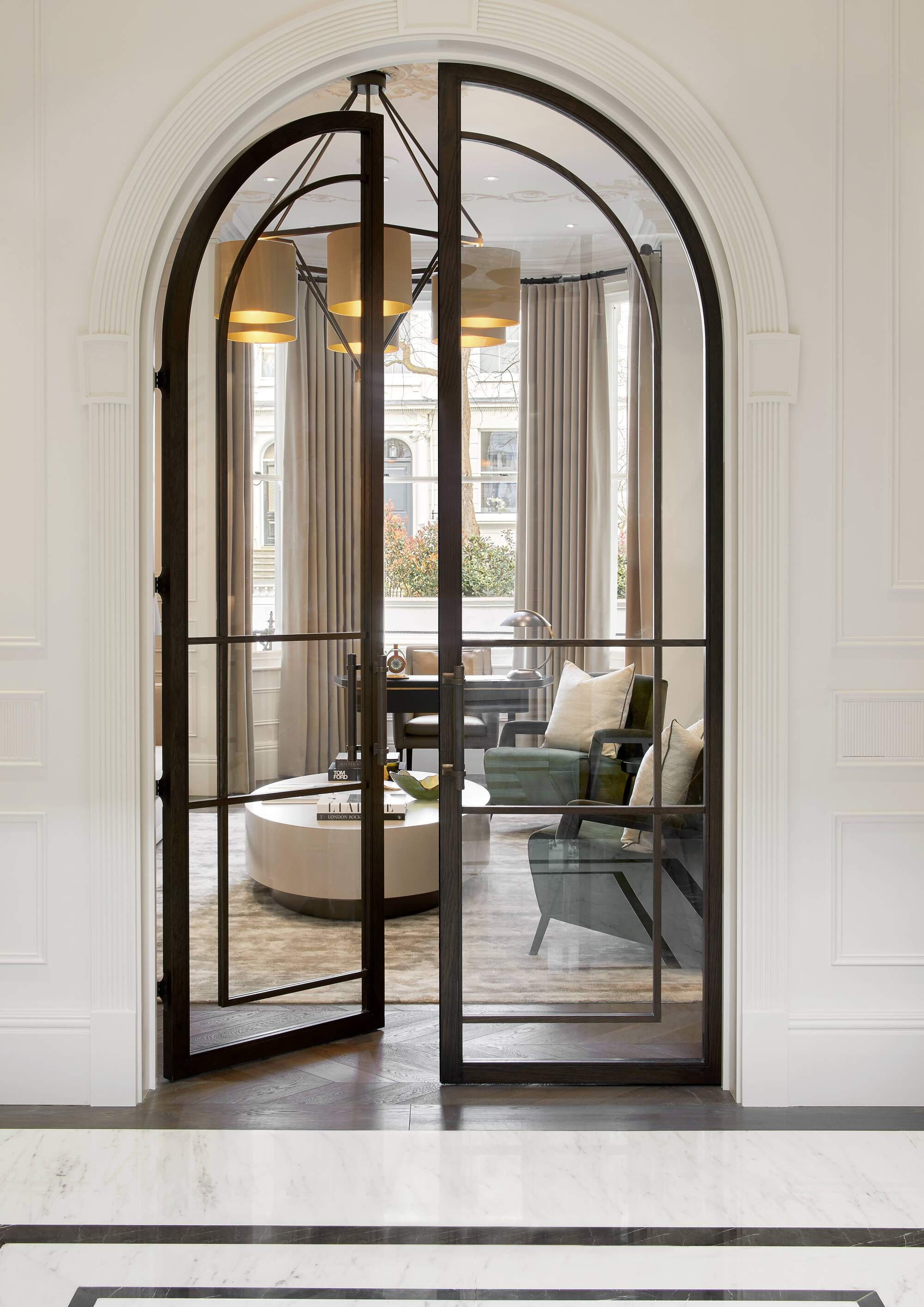
Ornate architectural features, such as this archway, take on a more contemporary look when paired with modern design ideas like glass door frames. “In this London apartment, the architectural features are celebrated in a way that stops them feeling too traditional or heavy,” confirms its designer Laura Hammett.
“We paired ornamental plasterwork and embraced the grand archway proportions with a contemporary glass door set in a steel frame,” she explains. “Keeping the rest of the space more pared-back allows the decorative moldings within it to sing without becoming overwhelming.”
She adds, “The addition of the glass brings light and a modern sense of flow, making the architecture feel absolutely contemporary while still charmingly immersed in tradition.”
Laura provides interior architecture and design services for discerning clients around the world, from villas in Singapore to penthouses in New York City. She is also the creative director of Laura Hammett Living, an online store with handpicked furniture, lighting and accessories.
2. Embrace the Details
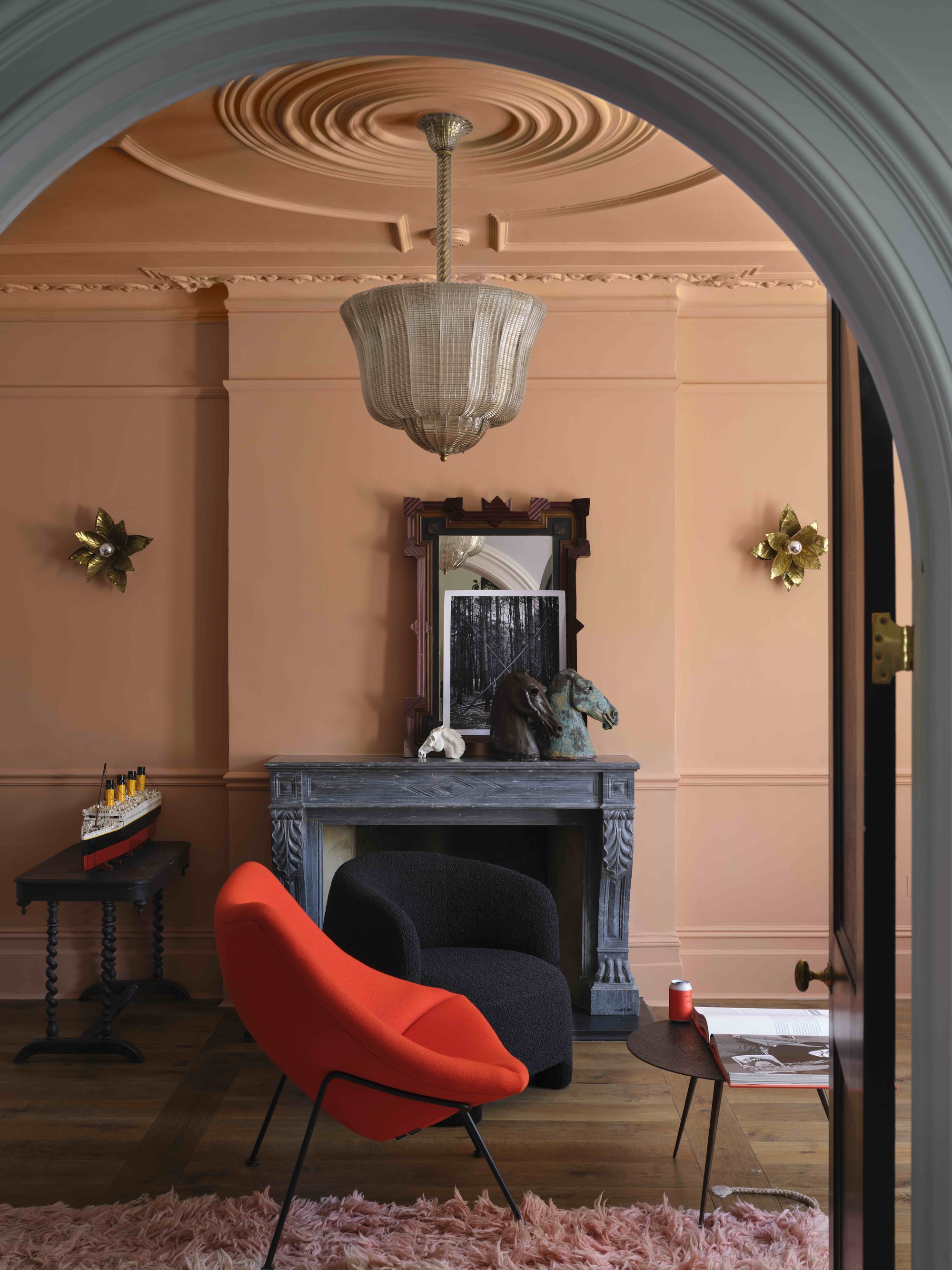
The color-drenching trend works perfectly with architectural moldings. Rather than disguising them, painting wainscoting and coving in the same shade as the rest of your space can actually emphasize their shape and structure.
The Livingetc newsletters are your inside source for what’s shaping interiors now - and what’s next. Discover trend forecasts, smart style ideas, and curated shopping inspiration that brings design to life. Subscribe today and stay ahead of the curve.
To maximize this quality, it’s best to use a paint finish that can cover walls, metal surfaces, and woodwork. “This creates a seamless flow of color,” says Patrick O’Donnell, brand ambassador for Farrow & Ball. “While you may have traditionally used eggshell or gloss on trims and architectural details and emulsion on the walls and ceiling, using the same finish is a fully immersive color-drenching experience.”
And hot tip: In historic properties, ceiling roses and chair rails have often endured many layers of white paint over the years. Instead of simply painting on top of your moldings, gently strip any previous layers away to really allow the ornate details to shine.
3. Make It Modern
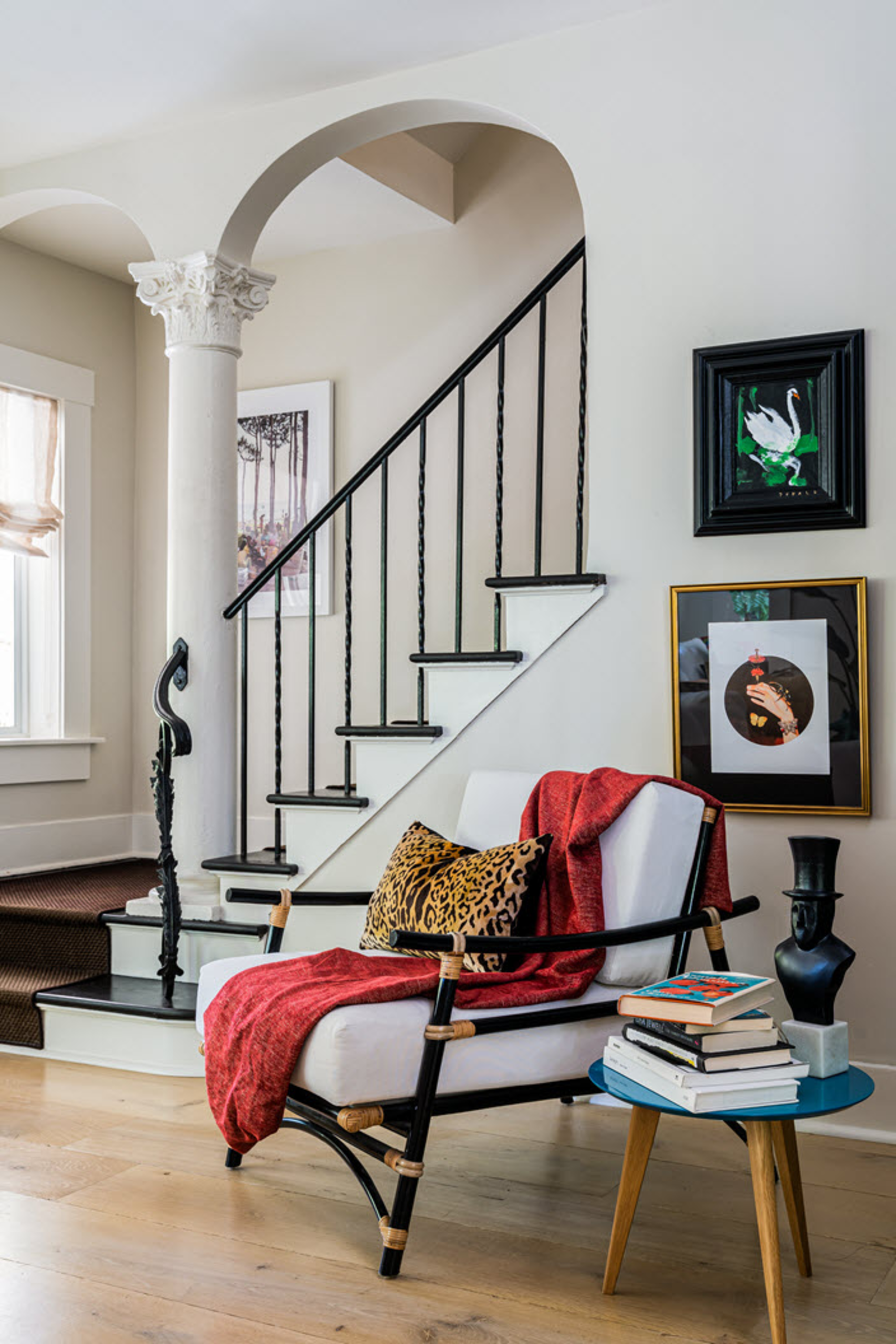
From a simple Doric to a more ornate Corinthian, a classical column adds instant grandeur to a space. “They’re a statement,” agrees interior designer Alex Tate, who responded to several different architectural details in this Miami residence.
“Where a column has artistic value rather than just structural, as it does here, I look to establish it as a key part of the room in relation to the rest of the design,” he explains. “A black and white color palette allows the ornamentation to feel modern. It’s about balancing the elements of the house that give it character and history, so you can afford to be playful with other parts of your design.”
Keen to introduce a column into your home? Antique designs, plus new stone and fiberglass designs, are readily available – try brands like Haddonstone.
4. Keep It Simple

As architectural moldings have become more of a trending topic in interior design, it’s become easier to incorporate them without having to remodel. “They’re becoming a go-to way of decorating, so many companies now offer stick-on moldings,” explains Emma Deterding, founder of Kelling Designs.
From self-adhesive ceiling trims to peel-and-stick wall molding, it’s never been easier to bring character to a room lacking in architectural details — all without the effort of drilling or the hassle of plaster dust.
“These solutions can really change the look and feel of a space, elevating it in an instant,” agrees Emma. “As well as on walls, we are also using this style of molding more frequently along the sides of doors and cupboards to add visual interest and inject personality.”
5. Focus on the Ceiling
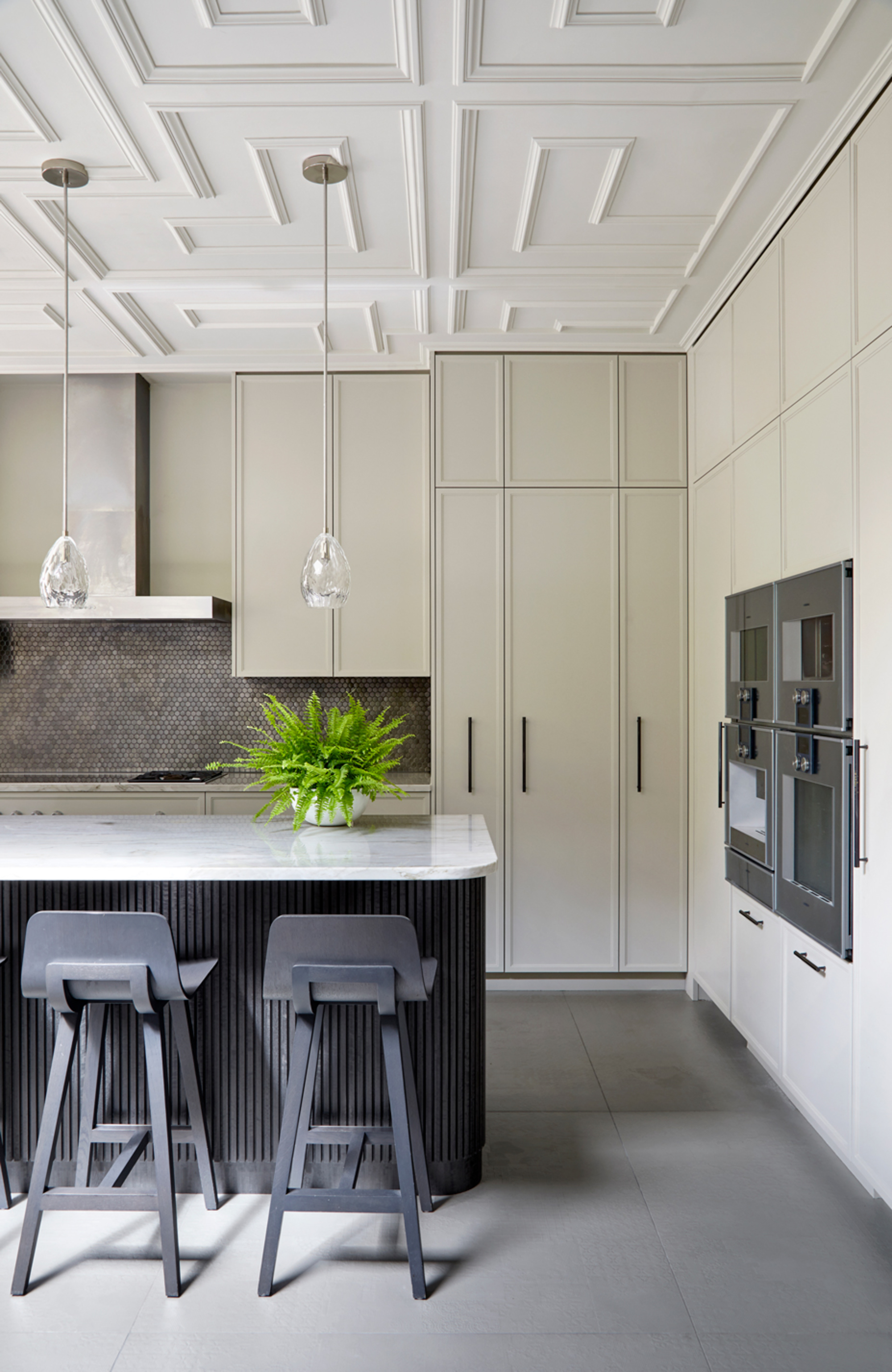
Ceiling moldings can transform the often-overlooked ‘fifth wall’ into an architectural feature. “They guide the eye upward beyond typical crown moldings, enhancing the character of a space with clean lines,” says Caroline Milns, head of interior design at Zulufish.
“They are highly effective at lending a sense of coziness by adding depth and dimension to one of the largest expanses in the room,” she explains. “They can also make rooms feel more intimate and less lofty, softening the flow of sound and reducing echoes, especially if you have high ceilings.”
If you’re adding ceiling moldings to a room, keep the look seamless (rather than over-the-top) by choosing finishes, shapes, and ornamentation that echo the style of existing architectural features like doorways and windows.
With over 25 years of experience, Caroline was a trained textile designer before she launched the interiors wing of Zulufish, which is also an architectural practice and construction specialist. Her work has led the firm to win many awards for its contemporary approach to interior design.
6. Double Up

Using a slightly moodier or darker shade of the same color on your walls (a technique called 'double drenching') can turn wainscoting, trims, and window frames into a 'look at me' moment, transforming molding into much more of a design feature. This is a simple way to enhance the appearance of any existing molding without too much work.
“By marrying tonal shades within the same color spectrum, you create subtle contrast,” suggests Laura Hammett. “This approach explores the interplay of light and shadow that can come from architectural molding, bringing visual structure, rhythm, and movement.”
“This is an elegant way to create depth and definition while projecting a sense of design confidence,” agrees Martin Waller, founder of Andrew Martin. “It highlights the architectural features without overwhelming the space.”
7. Give Ceilings a Centerpiece
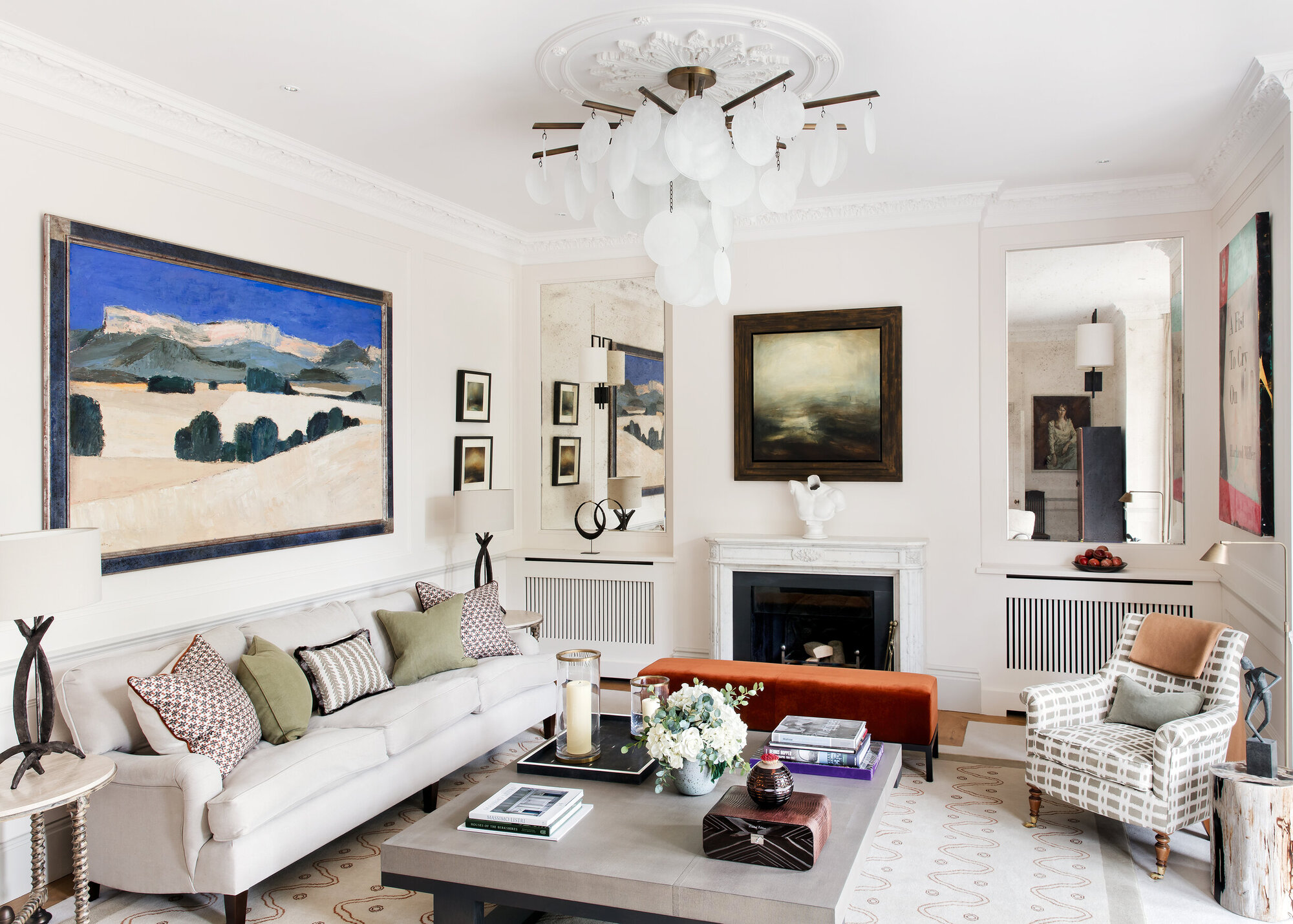
In this London apartment, decorative moldings bring an extra layer of character, especially on the otherwise simple ceiling. “The ornamentation here helps to soften the starkness of the white,” says its designer, Juliette Byrne.
“The ceiling rose acts as a visual anchor, grounding the light fixture and preventing it from looking adrift,” she explains. “Molding brings a great deal to this room, lending the contemporary space a touch of heritage and craftsmanship.”
They’re a simple feature to add to a room, and can even work well as the space’s single architectural highlight. “Today’s lightweight materials make them relatively easy to install, too, meaning you’re completely elevating a room without any major remodeling,” agrees Juliette.
8. Go Understated

In a neutral space, decorative moldings can add an important layer of texture and warmth. “They allow walls to hold more character without solely relying on color or artwork,” says Edward Bishop, interior designer at A.LONDON, who worked on this space for 36 & 37 Hertford Street Residences.
“We had generous bones to work with here, including tall ceilings, grand windows, and elegant volumes,” he continues. “Introducing decorative moldings that complement the pared-back palette of this space respects the building’s architectural context while offering a calm, contemporary energy.”
“Using understated profiles and a tonal palette ensures the wainscoting feels integrated rather than simply ornamental,” Edward adds. “The depth and shadow created by the moldings add a crucial counterpoint to other materials in the space, like marble, linen, and velvet.”
9. Cap It Off
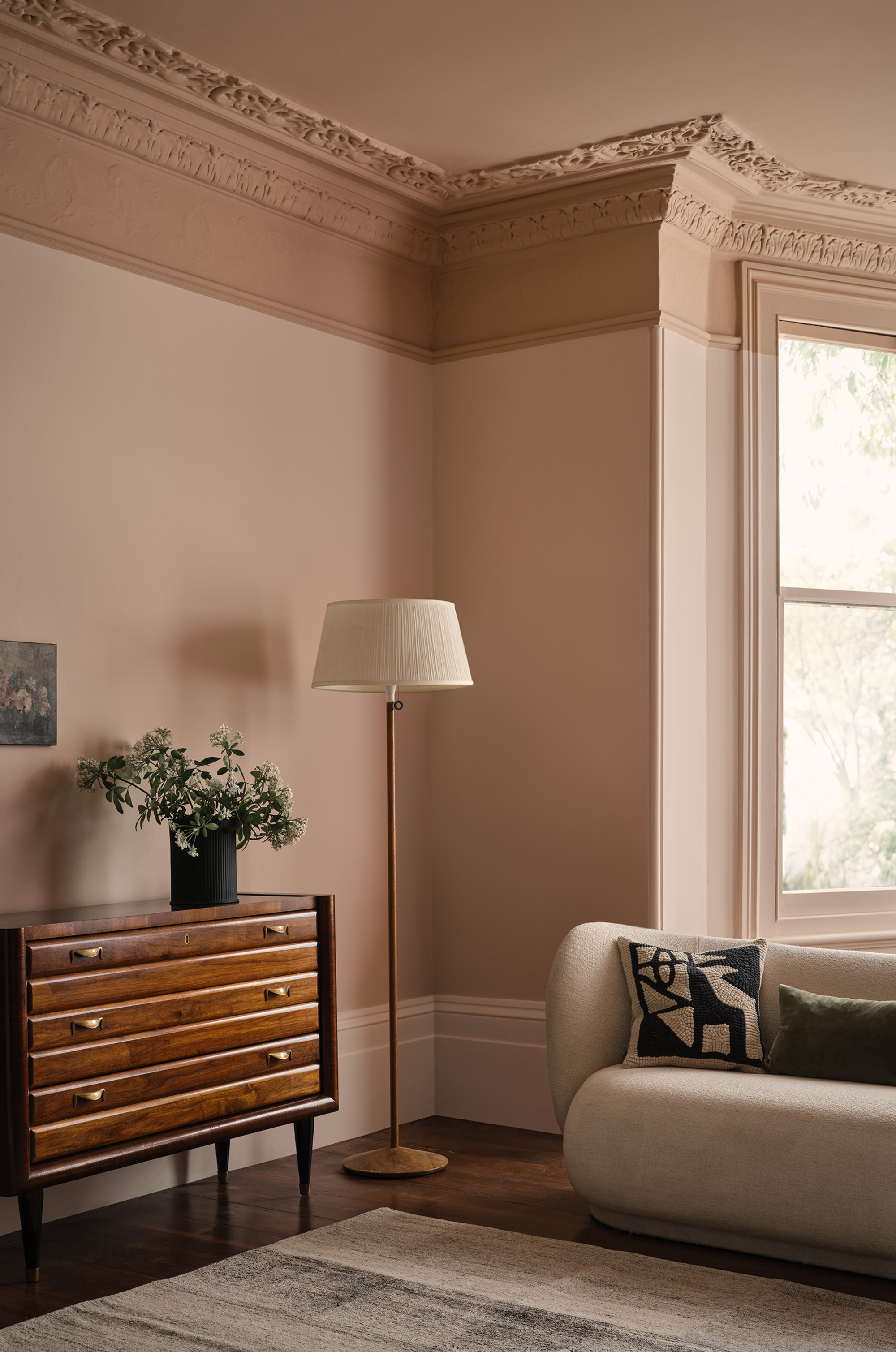
“Good interior design always works within the story of a space rather than against it,” muses Andy Greenall, the head of design at Paint and Paper Library. “Architectural features like coving, chair rails, and wainscoting are all about the detail and character of a space, and paint can make them stand out.”
One emerging trend is color capping, where the ceiling of a room is painted below its usual boundaries towards a classic picture molding. “This draws the eye upwards to acknowledge the height of a room, subtly shifting the ceiling downwards past the crown molding,” says Andy.
“You can achieve a much more contemporary feel with moldings by re-thinking the distribution of which shade goes where. Here, we’ve inverted the idea of placing the lightest shade on the ceiling to bring balance and a more creative sense of proportion,” he adds.
10. Build In Features
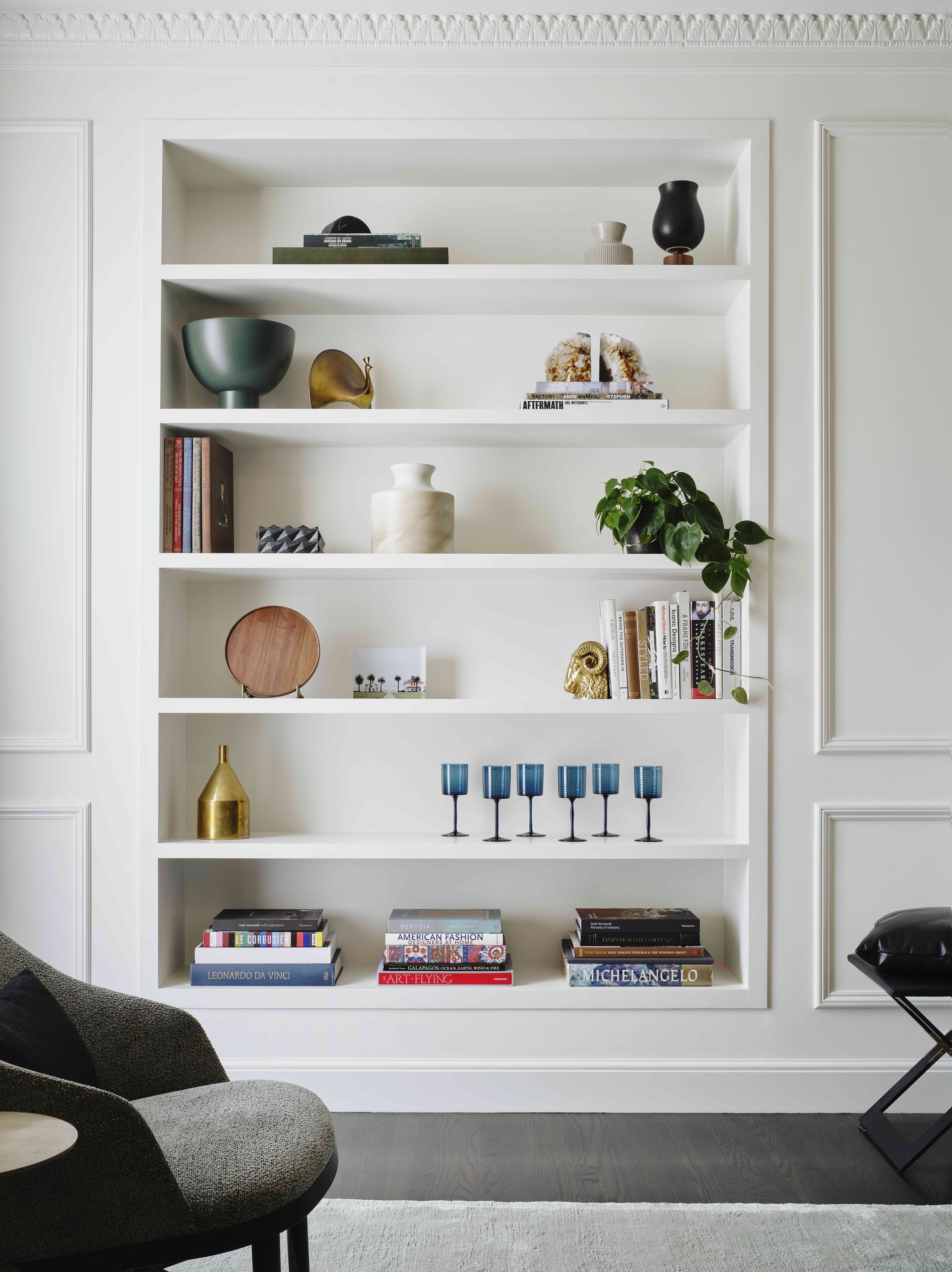
If you’re introducing wainscoting to a space, but already have decorative moldings elsewhere, be inspired by what you already have. “Here, the crown molding was an existing feature, so we were inspired by its scale and proportion to create the wall paneling,” explains interior designer Regan Baker.
When you make moldings a highlight, you want to be able to see them. Building alcove shelving keeps the focus on walls rather than blocking them with freestanding furniture, as well as providing a creative opportunity to create charming personal displays. “We added new applied molding to create an alcove, ideal as extra storage and as a place to style decorative objects,” says Regan.
“Molding adds a lot of character, and adding an alcove works with that to provide a balance of modern meets traditional, which fits the overall character of this space,” she adds.
FAQs
What Is an Architectural Molding?
This is a term for trims used to define the boundaries of a room in a decorative way. You’ll notice them where walls and ceilings meet (crown molding or cornicing), on the walls themselves (wainscoting or chair rails), and around windows and doors (architraves or casings).
Whether traditional and ornate or streamlined and contemporary, they tend to bring character and depth to spaces.
What Are the Key Design Periods for Decorative Molding?
Columns, cornices, and decorative friezes have their roots in ancient times. Historically, Georgian interiors used them to great effect with intricate details and ornate plasterwork, while the Regency period embraced the neoclassical look with slimmer profiles and less decoration.
In the Art Deco era, curves, geometric plasterwork designs, and stepped crown moldings were key to the look.
What Are the Latest Molding Trends?
Wainscoting is enjoying a moment in the spotlight, while interior designers are increasingly embracing more decorative moldings.
There’s a rise in making these architectural details a feature (rather than an element to disguise) by using colorful paint rather than white, mixing contrasting finishes, and even the rise of DIY peel-and-stick moldings.
Whether you’re adding a modern ceiling trim or looking to enhance an architectural feature you’ve inherited in a new home, this is the time to embrace decorative molding. These are so much more than just the bones of a room.
Decorative molding creates a cozy feeling in a space, dressing it up in a way that remains even if all the furniture is removed — crown molding can bring character, wainscoting personality, and a decorative archway more than a little charm.

James Cunningham is a freelance journalist based in London. He has written extensively on design and decorating for some of the UK’s leading publications, including House Beautiful, ELLE Decoration, and Country Living, and previously served as Homes and Gardens Editor at Good Housekeeping. When he’s not at his desk, James can be found globetrotting in search of good food, better wine, and the best architecture.

